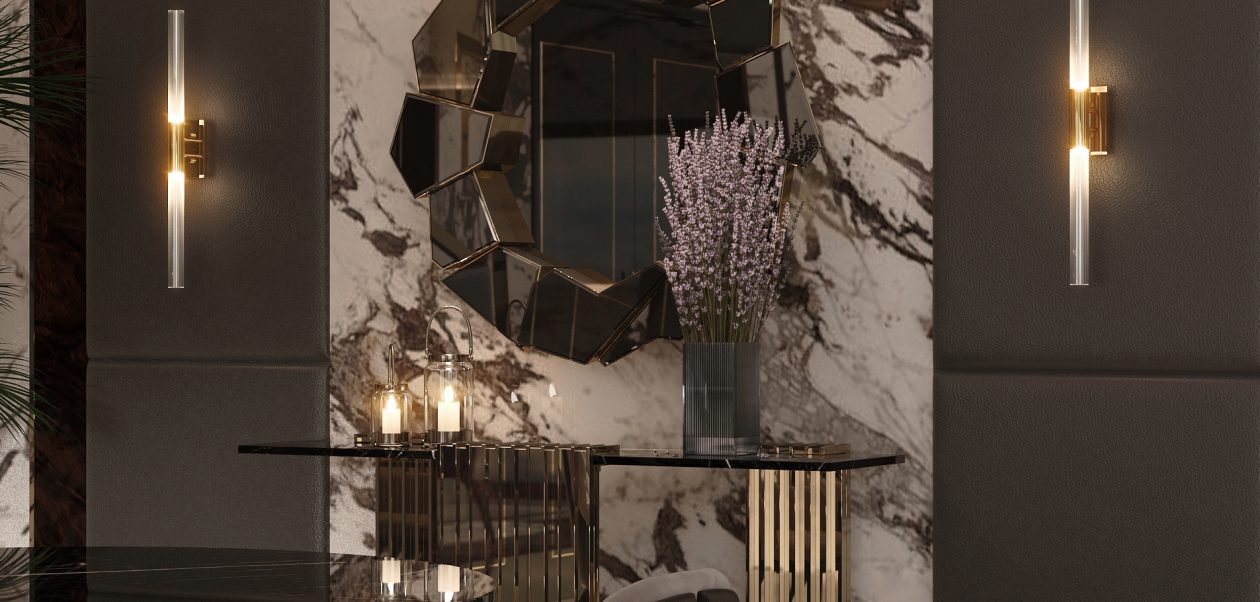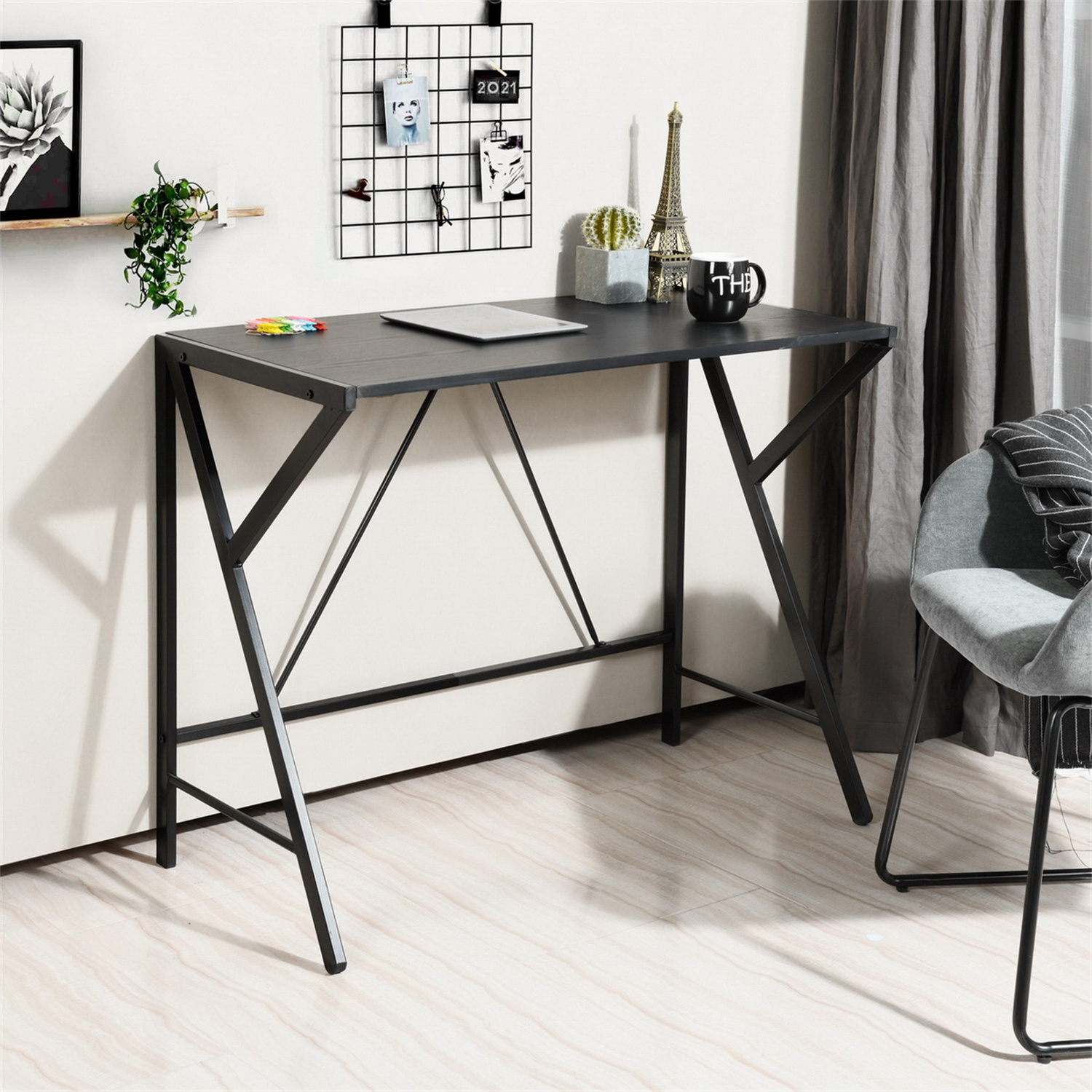Introduction
A floating ceiling, also known as a drop ceiling, suspended ceiling, or false ceiling, is a secondary ceiling that is hung below the main ceiling. It is composed of a grid of metal or plastic tracks and lightweight panels made of various materials such as mineral fiber, fiberglass, or acoustic foam. Floating ceilings are commonly used in commercial buildings, schools, hospitals, and even homes. In this article, we will explore the advantages and disadvantages of installing a floating ceiling.
Pros of Installing a Floating Ceiling
Noise Reduction
One of the primary benefits of a floating ceiling is that it can help to reduce noise levels in a room. The panels used in the installation of a floating ceiling are made from materials that absorb sound waves, which makes them highly effective at minimizing noise from above and below.
Energy Efficiency
Floating ceilings can improve energy efficiency by creating an additional layer of insulation between the main ceiling and the room below. This additional layer helps to reduce the amount of heat lost through the ceiling, which can help to lower energy costs.
Aesthetic Appeal
Floating ceilings come in a wide variety of styles, colors, and materials, which can help to enhance the aesthetic appeal of a room. They can be used to create a modern, sleek look or a more traditional, decorative finish.
Easy Installation and Maintenance
Floating ceilings are relatively easy to install and maintain. They are lightweight and can be easily maneuvered into place, and their modular design makes it simple to replace individual panels if they become damaged or need to be updated.
Cons of Installing a Floating Ceiling
Reduced Ceiling Height
One of the most significant drawbacks of a floating ceiling is that it can reduce the ceiling height of a room. The installation of a floating ceiling can lower the ceiling by several inches, making the room feel smaller and more cramped.
Increased Cost
Floating ceilings can be more expensive to install than traditional ceilings. The materials used in the installation can be more costly, and the labor involved in putting up the grid and panels can also add to the total cost.
Difficulty Upgrading Lighting
If you have recessed lighting or other fixtures in your main ceiling, installing a floating ceiling can make it challenging to upgrade or replace these fixtures. This is because the floating ceiling can obstruct access to the main ceiling, making it challenging to make changes.
Potential for Moisture and Mold
Because floating ceilings are typically constructed of materials that absorb moisture, they can create a breeding ground for mold and mildew if they are not properly installed or maintained. If you are considering installing a floating ceiling in a damp or humid environment, it is important to ensure that the materials used are mold-resistant.




